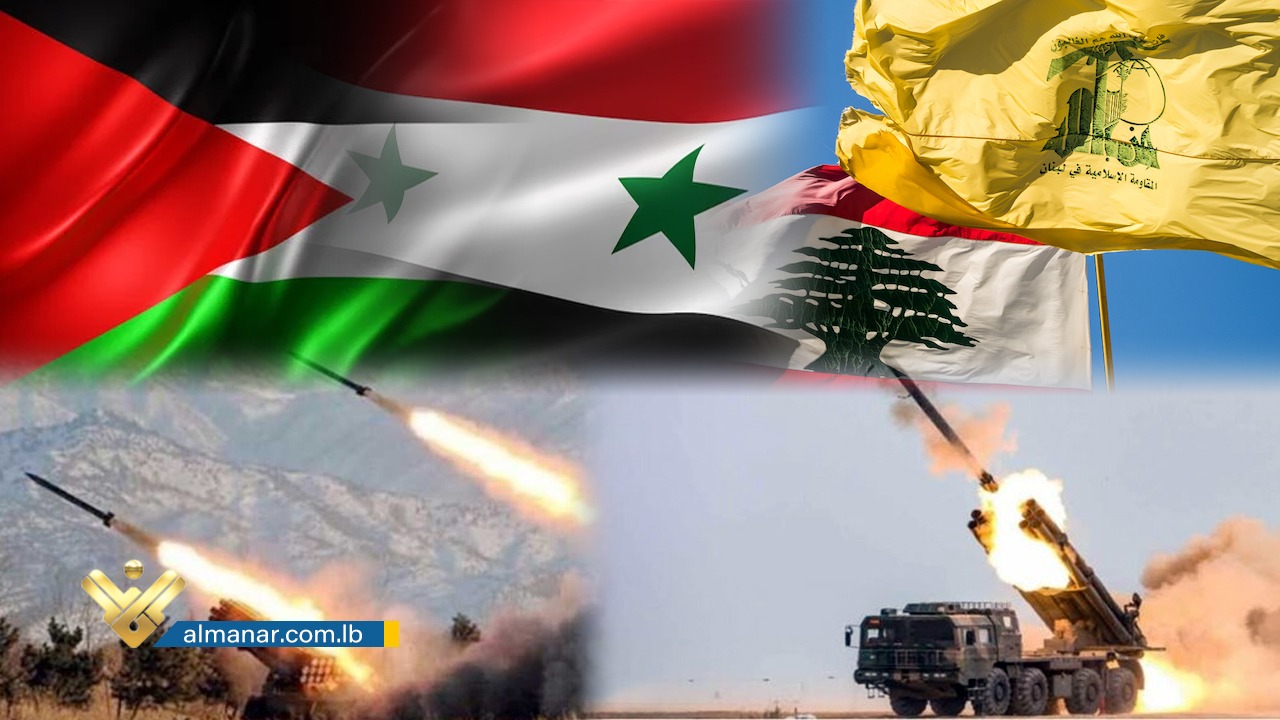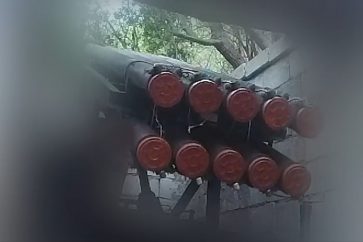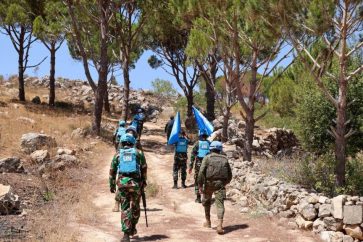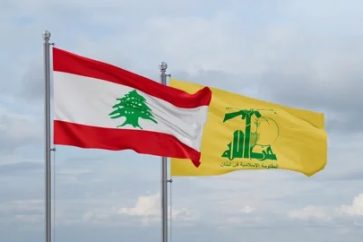Ali Haidar – Al-Akhbar Newspaper (April 21, 2023)
Translated by Al-Manar English Website staff
Day after another, the Israeli army becomes convinced by an old hypothesis that the Zionist entity will engage in a multi-front confrontation. The recent resistance operations extending from the north to the south, all the way to occupied Palestine interior- the latest of which could have rolled into a wide round of fighting- only weighed this hypothesis as well.
Meanwhile, the recent operations imposed a pressure on both the political and security institutions in the occupation regime, as it deepened the state of confusion within the Israeli leadership.
However, such Israeli estimations not only did begin with the outbreak of the last “rocketry round” in the third week of the holy month of Ramadan, but rather that the latter represented a modest translation of a scenario present by the occupation leadership years ago.
Perhaps the “Chariots of Fire” military exercise, which was scheduled for 2021 and was postponed till 2022 due to the “Seif Al-Quds” battle, indicated that this scenario had been on the table since before.
According to Israeli estimates, Iran has made significant strides in its plan to deploy missiles, drones and advanced weapons around the Zionist entity, turning the occupied territories from the north to the south into a real battlefield.
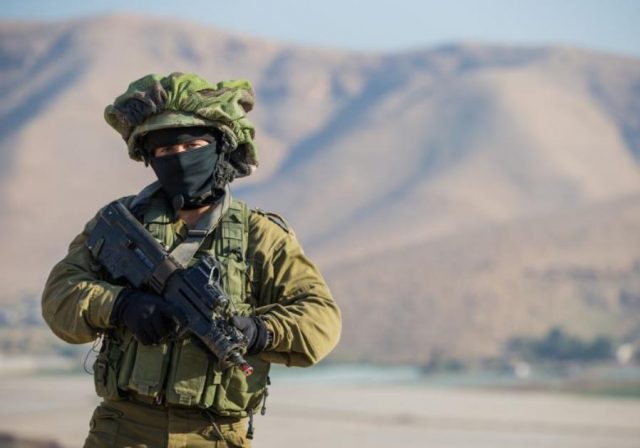
As a result, the enemy lives with an obsession that it will face a harsh confrontation that simultaneously includes Lebanon, Syria, Iraq and Yemen, all the way to the Gaza Strip and the West Bank, especially since it is expected, in this case, to be subjected to destruction on scales that it has not witnessed throughout its history.
These estimates raised the level of concerns in the Israeli regime living with a permanent state of fear over any conflict in the region.
And what makes the picture more bleak for ‘Israel’ is that the multi-front war scenario, with its military and strategic risks, comes at a time when the Zionist entity finds itself “drowned in the most serious internal crisis in its history, while its prime minister is Benjamin Netanyahu, who promised to put Iran at the top of his priorities, is busy trying to save himself from the court’s ruling, as the people are divided,” said Chuck Freilich, former deputy national security adviser, as reported by Yedioth Ahronoth (April 19,2023).
Freilich added, “Saudi Arabia and the UAE have restored their relations with Iran, and Egypt is on the way to do so, as the regional alliance that Israel sought to build is disintegrating, with Iran’s relations with China and Russia deepening, and the crisis in our relationship with the United States is deep,” to conclude that “all the strategy that Netanyahu built has collapsed.”
The battles on more than one front have ceased, but the messages behind Megiddo operation and the subsequent missile strikes from Lebanon, Syria and Gaza against ‘Israel’ are still echoed by assessment and decision-making bodies across the Zionist entity.
In depth, the enemy’s institutions view the security developments that have taken place in recent weeks as a new phase that is highly intertwined, complex, and completely different from what they are familiar with in the maneuvers that simulated such scenarios.
Perhaps what frightens ‘Israel’ in this stage is that if it decides to retaliate it will find itself engaged in a multi-front battle that it fears and has been trying to avoid, while if it refrains from doing so, it will have accepted the erosion of its deterrent power.
The Israeli Minister of Defense, Yoav Gallant, confirmed in a security assessment session (on April 20) that ‘Israel’ is “at the end of the era of limited confrontations,” and that it is thus entering “a new security era that poses a real threat in all arenas at the same time.”
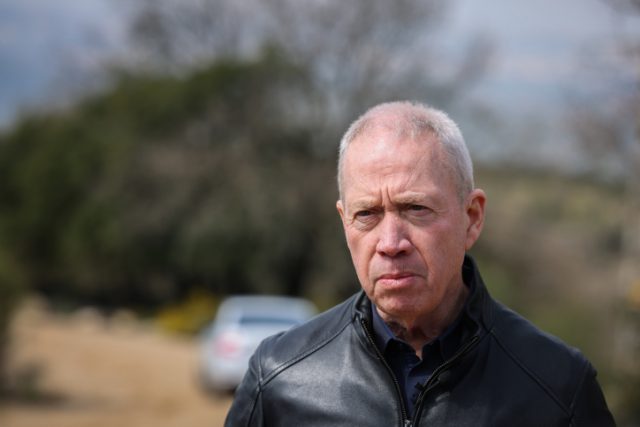
Gallant remarks reflect a shift in the conscious of the Israeli security institution and anticipate the Israeli decision makers’ cautious behavior towards its options in a bid to avoid a dangerous scenario that is seen by the Israelis as the “Day of Resurrection”.
The Israeli DM summed up this shift by the Israeli military establishment, and behind it the political establishment as well, by saying: “We have worked for years to assume that we can engage in limited conflicts, but this phenomenon is disappearing. Today there is a clear phenomenon, which is the united fronts.”
Gallant also expressed that Iran is the “driving force” for this phenomenon by providing “resources, ideology, knowledge and training for its proxies,” adding that the increasing dependence of all these powers on Iran prompts the Islamic Republic to “defy Israel.”
On the other hand, Hezbollah Secretary General Sayyed Hasan Nasrallah was clear in his recent speech on the occasion of “International Al-Quds Day” (April 14), where he warned the enemy against relying on a policy that aims at engaging in a single battle based on the assessment that the people of the region do not want a war.
“This is a dangerous game,” Sayyed Nasrallah said, warning that the occupation’s calculations may drag the region into an all-out war, which will necessarily be multi-fronts.
For its part, the Israeli cabinet held a session on the threat emanating from Lebanon and Syria. Israeli Prime Minister Benjamin Netanyahu deliberately coincided the session with the “Holocaust” anniversary, and “in the presence of all the security leadership in ‘Israel’, with the aim of sending a message of strength”, according to the Hebrew “Kan” channel.
Other reports stated that the session discussed the scenario of escalation on the northern front, as a result of a possible escalation in Gaza, according to the estimates of the Israeli security and military establishments.
As a result, the Israeli stances, as well as the political performance, reveal that the Zionist regime deals with all seriousness with the fact that the region has entered a new phase, with which the hypothesis of the multi-front battle has become more present on the table, prompting ‘Israel’ to discuss its possible options regarding it, especially in light of doubts over Tel Aviv’s readiness to wage such a battle.
Hence, the occupation’s limited response during the latest round is understood, as well as its focus on neutralizing “Hezbollah”, in a bid to avoid acts of reprisals.
Nevertheless, the realization of the multi-front scenario depends on a number of factors, including the possibility of the Israeli miscalculations, which will make it as if it is treading a regional mine that will explode and topple its internal front and the interests of its American sponsor in the region.

